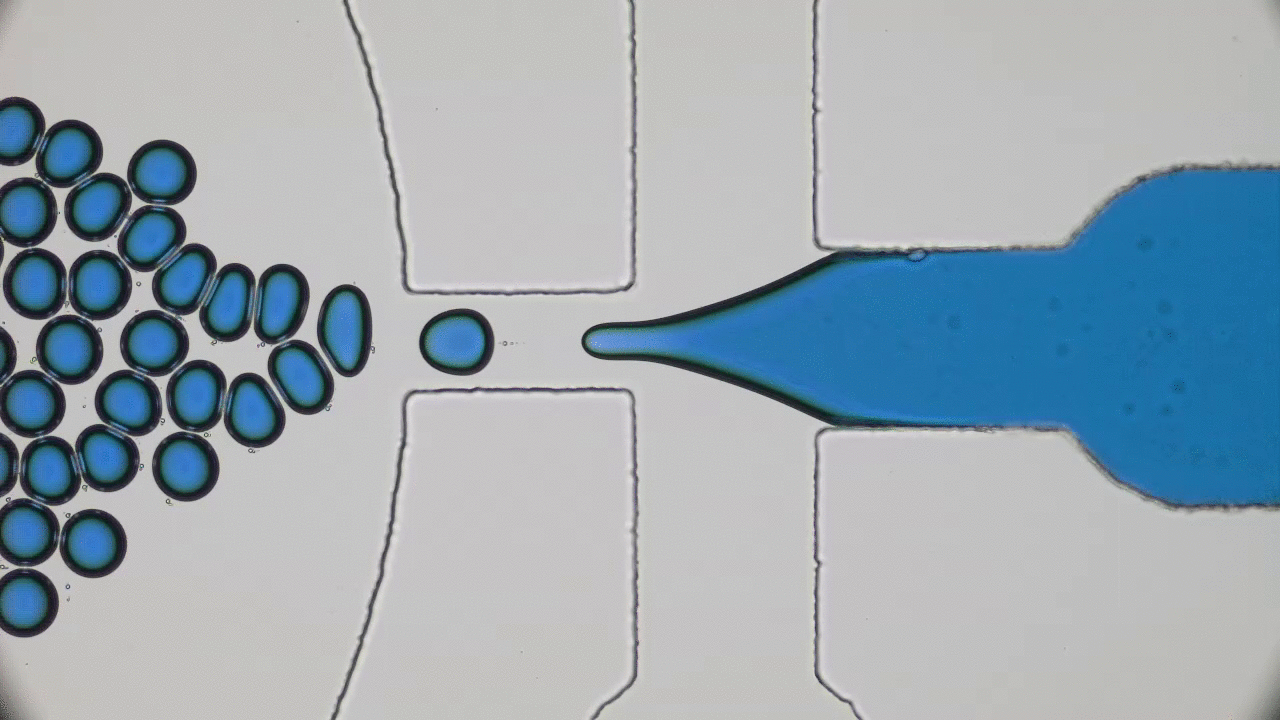Quintessential soft matter problems, such as the behavior of droplets in ink-jet printing, involve complex interactions between forces and materials. In today’s article, Prof. Wilson Poon points out that coronaviruses are also quintessential soft matter objects, and highlights a range of areas where soft matter science may help better understand, and combat viral pandemics.
Spider silk: Sticky when wet
If you were Spider-Man, how would you catch your criminals? You could tangle them up in different types of threads, but to really keep them from escaping you probably want your web to be sticky (not to mention the utility of sticky silk for swinging between buildings) …
Are squid the key to invisibility?
While many today would associate a “cloak of invisibility” with Harry Potter, the idea of a magical item that renders the wearer invisible is not a new one. In Ancient Greek, Hades was gifted a cap of invisibility in order to overthrow the Titans, whereas in Japanese folklore, Momotar? loots a straw-cloak of invisibility from an ogre, a story which is strangely similar to the English fairytale Jack the Giant-Slayer. Looking to the future in Star Trek, Gene Roddenberry imagined a terrible foe known as the Klingons, a war-driven race that could appear at any moment from behind their cloaking devices – indeed, any modern military would bite your arm off to get hold of this kind of device. Clearly, invisibility is a concept that has captured minds across many cultures, genres, and eras, so it should be no wonder that scientists are working on making it a reality.




